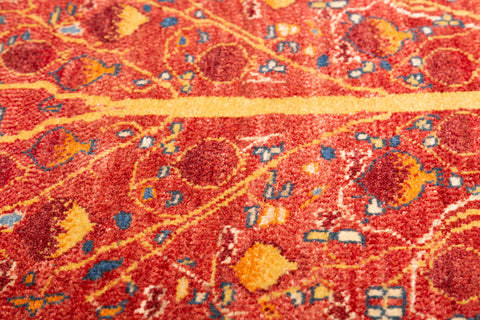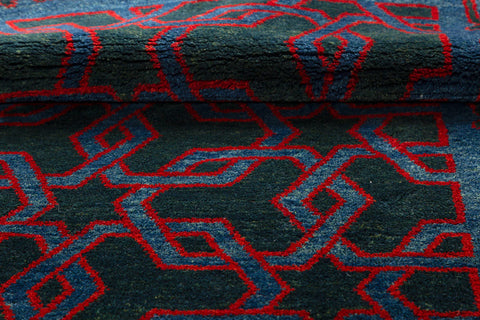Carpets whether knotted or flat woven are among the best known art forms produced by the turks from time immemorial. These are environmental, sociological and economic reasons for the widespread art of carpet weaving among the Turkish people from central asia to Turkey.
During the Ottoman reign, changes began to appearing the composition of the fields, in the characteristics of the motifs and in the sizes of the still traditionally woven Turkish rugs.
Marco Polo who traveled through Anatolia in the late 13th century, commented on the beauty and artistry of the carpets. A number of carpets from the period known as the Seljuck carpets were discovered in several mosques in Central Anatolia. These Seljuck carpets are in the museums in Konya & İstanbul.
Turkısh carpets began to enter European homes, churches and castles. During the 14th-16th centuries , Turkish rugs designs appeared in many European artists paintings. For example in the works of Lotto (italian painter) and Holbein (German painter). Turkey carpets as they were known were to valuable to be put on the floors, except under the feet of the Holy Mother and loyalty.
Throughout their development from central Asia to the Caucasus region to the Anatolian plains, steppes and coastal areas, and through the Seljuck & Ottoman areas Anatolian rugs have maintained the purity and characteristics of their origin.
Today these fine rugs are woven in more than 850 villages and tribal areas.


